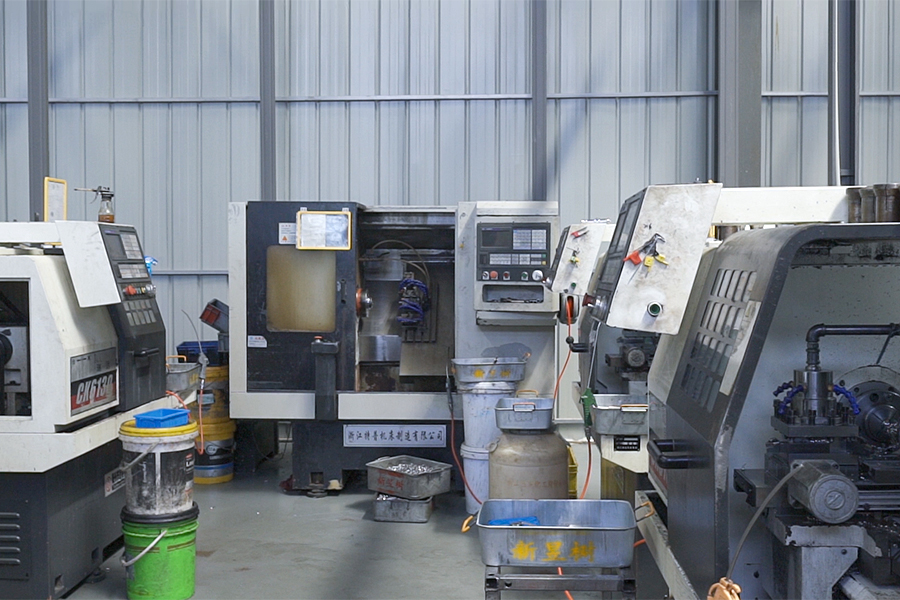1. Specific Issue of Undercasting
Undercasting, also known as incomplete filling or unclear contours, manifests as incomplete filling of certain parts of aluminum alloy die-castings after mold opening, leading to issues like depressions, thin walls, or exposed insertions. Such defects can compromise product aesthetics, functionality, and safety.
2. Causes
Poor Fluidity of Aluminum Liquid: High gas content and oxidation in the aluminum liquid reduce its flowability, preventing complete mold cavity filling.
Poor Casting System Design: Small cross-sectional area of the gating system or too slow casting speed impedes metal flow, hindering it from reaching all corners of the mold in time.
Inadequate Venting: Inefficient venting of gases from the mold cavity creates air pockets, obstructing metal flow and cavity filling.
Improper Mold Temperature: Low mold temperature causes rapid cooling of the metal liquid upon contact, reducing flowability. Excessively high mold temperature may prematurely solidify the metal inside the mold, also affecting filling.
Insufficient Injection Speed and Pressure: Slow injection speed or insufficient pressure cannot overcome flow resistance, resulting in inadequate mold cavity filling.

3. Solutions
Enhancing Aluminum Liquid Flowability:
Refine and skim the aluminum liquid to remove gases and oxides.
Increase pouring and mold temperatures appropriately to improve metal fluidity.
Optimize alloy composition by selecting aluminum alloys with better flow characteristics.
Optimizing Casting System:
Increase the cross-sectional area of internal gates to reduce flow resistance.
Design the casting system to ensure smooth metal flow into the mold cavity.
Enhance casting speed to facilitate rapid mold cavity filling.
Improving Venting Conditions:
Incorporate vent slots or holes in mold cavities to expel gases promptly.
Verify mold sealing to prevent external gases from entering cavities.
Controlling Mold Temperature:
Preheat and maintain mold temperatures using temperature control equipment within suitable ranges.
Adjust temperature distribution according to different part requirements to avoid localized overheating or cooling.
Increasing Injection Speed and Pressure:
Adjust injection speed and pressure parameters based on casting structure and alloy characteristics.
Ensure stable and reliable performance of injection machines to provide sufficient force and speed.
Optimizing Product Design:
Consider material flowability and filling conditions during product design.
Optimize die-casting structure and wall thickness design to prevent incomplete filling areas.
Enhancing Mold Maintenance:
Regularly clean and maintain molds to ensure smooth and undamaged mold surfaces.
Verify mold sealing and positioning accuracy to meet requirements.









